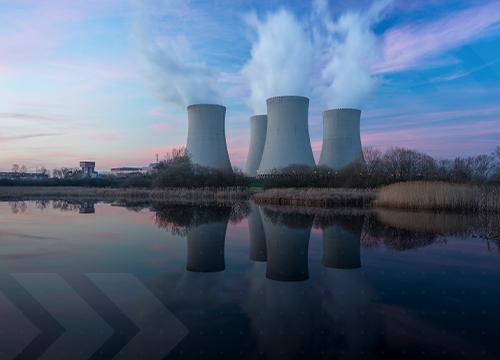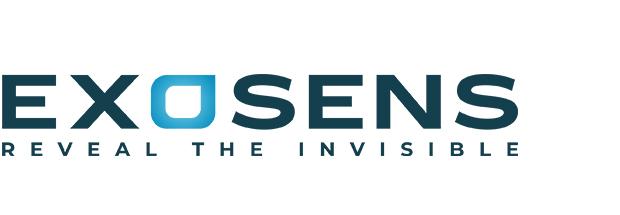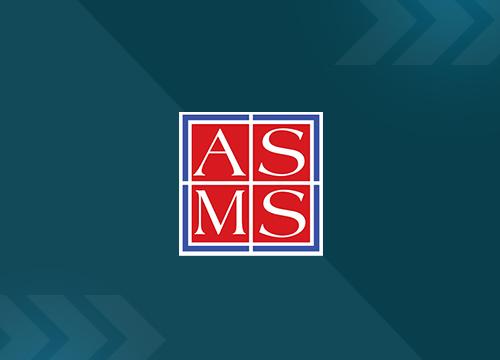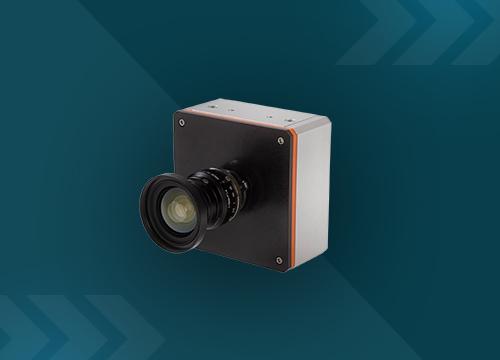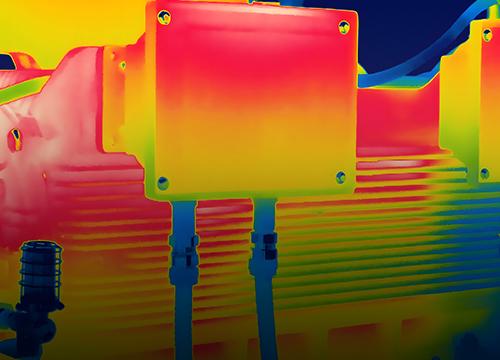What is the difference between a measurement and surveillance camera ?
Most often, a measurement camera aims to measure as accurately as possible and as fast as possible, but generally at distances of less than 1m.
Surveillance systems aim to detect an object or a living being at the greatest possible distance, up to 50km.
As both product lines are based on the same NoxEngine technology, crossed implementation leads to unique feature sets which benefit your application.

